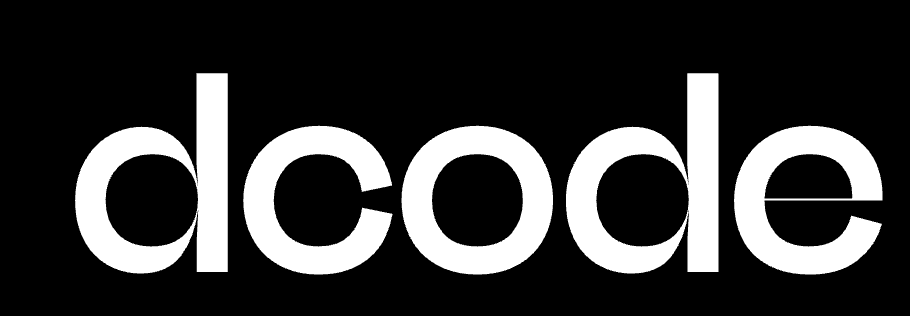Management and leadership in government organizations and program offices realize the need to use AI but feel there are too many barriers — and that the end result won’t be worth the circus of jumping through hoops. Through our extensive work with federal agencies, we’ve seen firsthand what management needs to implement AI successfully.
Government agencies have long been interested in the benefits of AI — they see what it can do for the private sector and want to reap the benefits of efficient, user-friendly, impactful tools in their organization. It’s easy to feel like you are waiting for a snow day in July.
First and foremost, to bring AI solutions into your government organization, you need to ignite action in your organization with these key things:
Lay a Strong Data Foundation
AI tools rely on your data to work the way they do in the private sector. You need to lay a strong data foundation for the tool to be effective. A solution can’t give you the desired output if your data is siloed. To leverage an AI tool, data needs to be cleaned, prepared, and ready for use.
Understand How to Integrate AI
Once you’ve laid the proper foundation, you need to integrate new tech thoughtfully, which means understanding the systems you currently have in place and how the new tech fits in. Understanding the tech landscape will help you work with AI companies like ThoughtSpot, Sema, HyperScience, and Trueface in a way that’s compatible with the unique constraints of your existing system. Once you understand the tech, you need to understand the financial implications and how it will impact your current systems. On top of that, security adds another layer of complexity to the integration. Compliance and security checks are vital.
Break Through Internal Barriers
Internal barriers make the road to implementation more of a rugged trek than a joy ride. Just because you can see tech working in the private sector, doesn’t mean your program office is ready to adopt the same innovative perspective. Bureaucracy and process can be the enemy to innovation, but there are ways to tailor best practices from the private sector to the labyrinth of requirements inside your office. If you don’t know the ins and outs of the procurement process, now is the time to learn! Know who to ask and where to look for guidance when bringing in innovative tech.
Example: The U.S. Army implemented an AI-powered predictive analytics solutions from Uptake to predict component failures, which increases the productivity of repair operations, decreases unscheduled maintenance, and ultimately, increases readiness and safety. The Army didn’t go through the procurement process alone to get to the end result. They worked with DIUx (an entity responsible for helping the DoD work with commercial tech) and had help facilitating the innovation process.
Luckily, these skills can be learned.
Education is a critical precursor to innovation. There’s much, much more to think through than finding the shiniest and newest tech. Training courses, learning from the experience of others, and the willingness to push the envelope will give you the tools you need to succeed.
Artificial intelligence (AI) is a great example of why education is necessary to innovate. AI is a massive subset of technology that includes hundreds of different categories. When government agencies think about AI, they typically think about the outputs they’ve seen in the private sector: impressive analytics, automation, and other results that increase efficiency. What they don’t see is the work behind the scenes.
Our new one-day training event for government executives, Dcode Eureka AI, offers the opportunity to learn not only the principles and foundations of AI, but how to apply that to your organization and come out the other side with a renewed perspective and a plan to take action in your organization.

